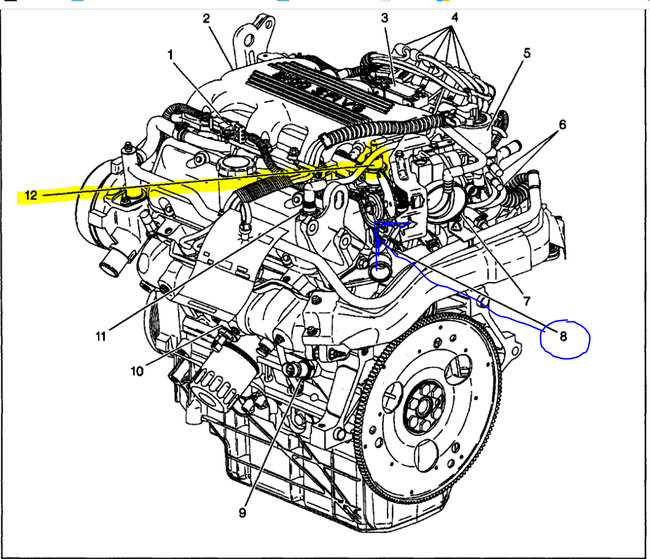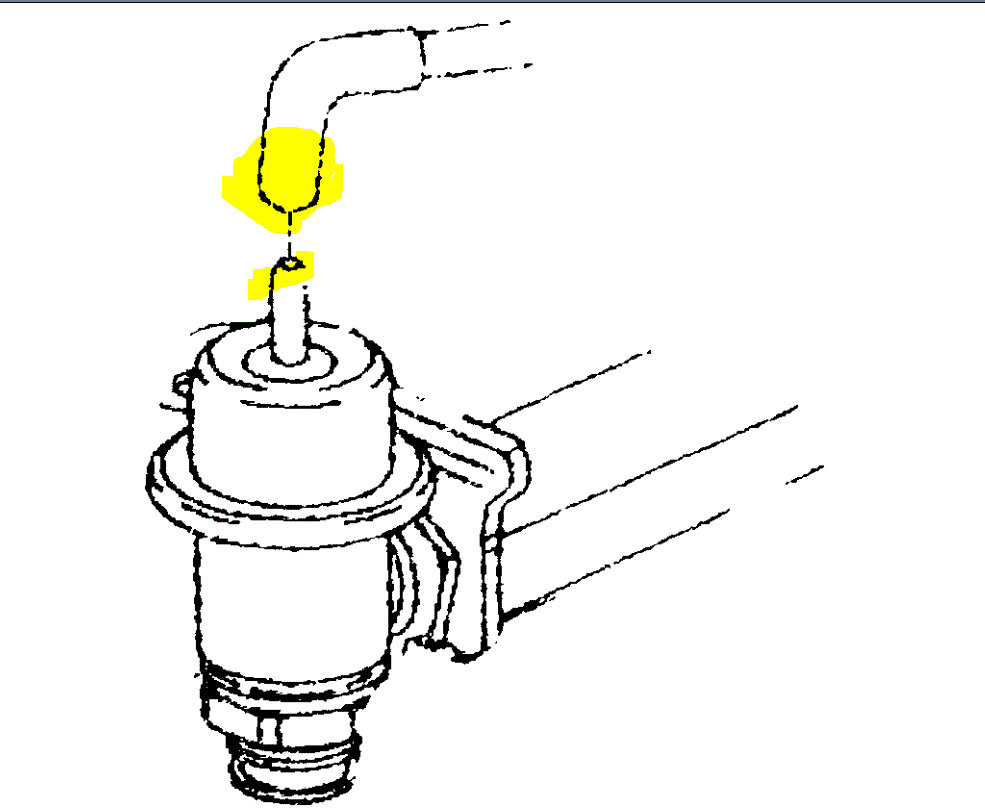Hi,
By chance, do you have access to a live data scan tool? I ask because there are a couple things I would like you to check.
First, the engine coolant temperature sensor (ECT) is monitored by the powertrain control module (PCM). The PCM uses the information from the ECT to adjust the air/fuel mixture the engine needs to run. If that sensor is sending the incorrect temperature, the PCM won't know it and adjust the mixture accordingly.
For example, if the sensor indicates it is -40°F and it's actually 80°F, the fuel mixture will be too rich (too much fuel) and the engine will run rough or not at all. Also, it won't set a code because as far as the PCM is concerned, the sensor is working.
With a live data scanner, you can check the ECT signal before starting the engine to confirm it is accurate. Also, it would also provide live data that can be useful. The short-term fuel trims can tell us a lot of info. By seeing them, I can tell if the engine is getting too much air, too much fuel, or if it is working properly.
If you don't have access, there are still things that can be checked. For example, engine vacuum leaks can cause a rough idle.
Here is a link that shows how to check for them:
https://www.2carpros.com/articles/how-to-use-an-engine-vacuum-gauge
Next, even though the fuel pump was replaced, fuel pressure should be checked. A faulty fuel pressure regulator can cause issues as well. Here is a link that shows how to test fuel pressure. You will need a fuel pressure gauge, but most parts stores will lend one to you.
https://www.2carpros.com/articles/how-to-check-fuel-system-pressure-and-regulator
Also, there is a vacuum hose that goes to the regulator. Disconnect it and see if there is any indication of fuel being sucked through that hose.
I attached two pics below. The first shows the location of the ECT and the fuel pressure regulator. I circled the ECT and highlighted the regulator. Check the connection of the ECT to make sure it is tight, not damaged, and not corroded. Next, remove the vacuum hose from the regulator to see if there is evidence of fuel in it (pic 2).
Let me know what you find.
Take care,
Joe
See pics below.
Images (Click to make bigger)
Wednesday, July 14th, 2021 AT 9:45 PM





